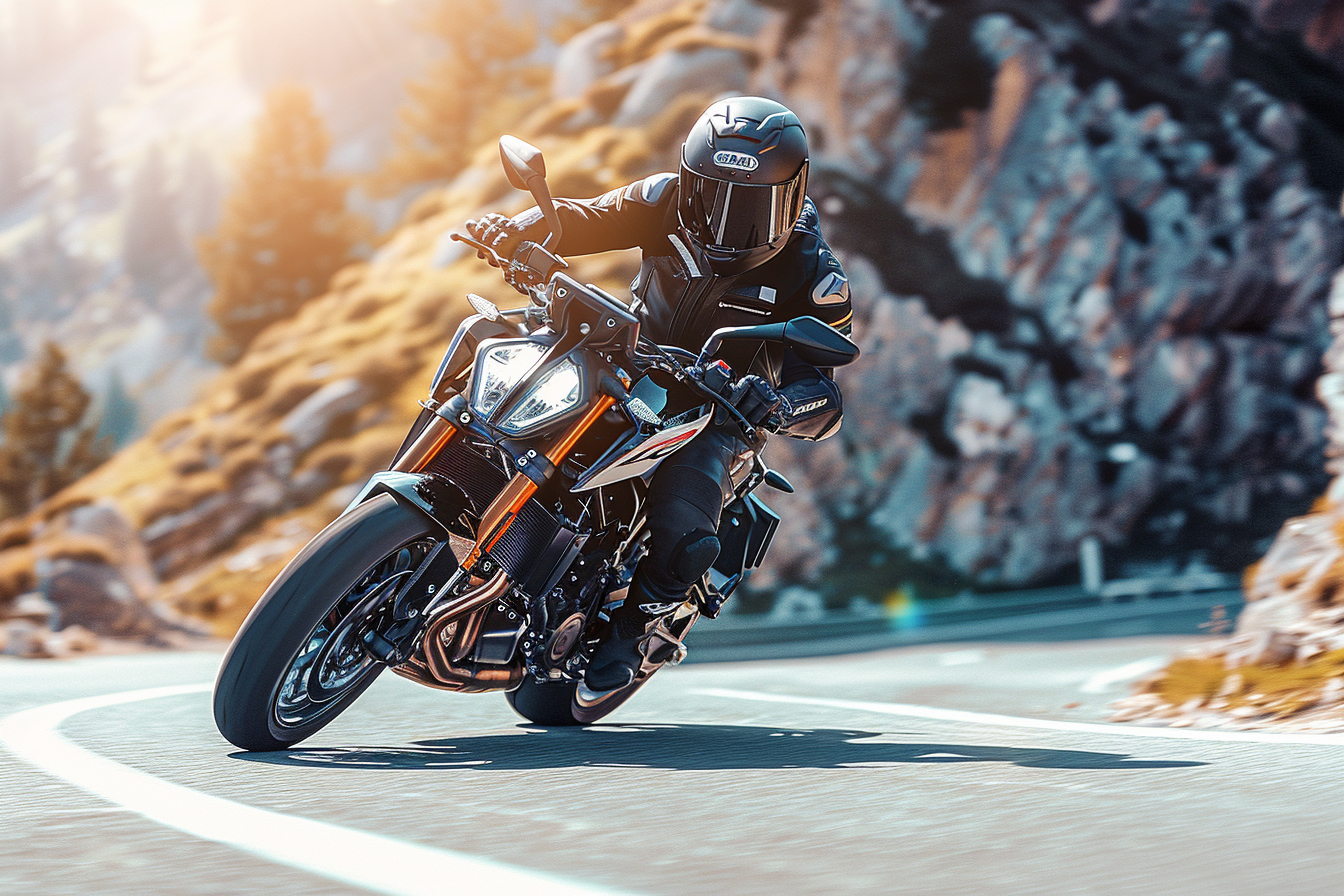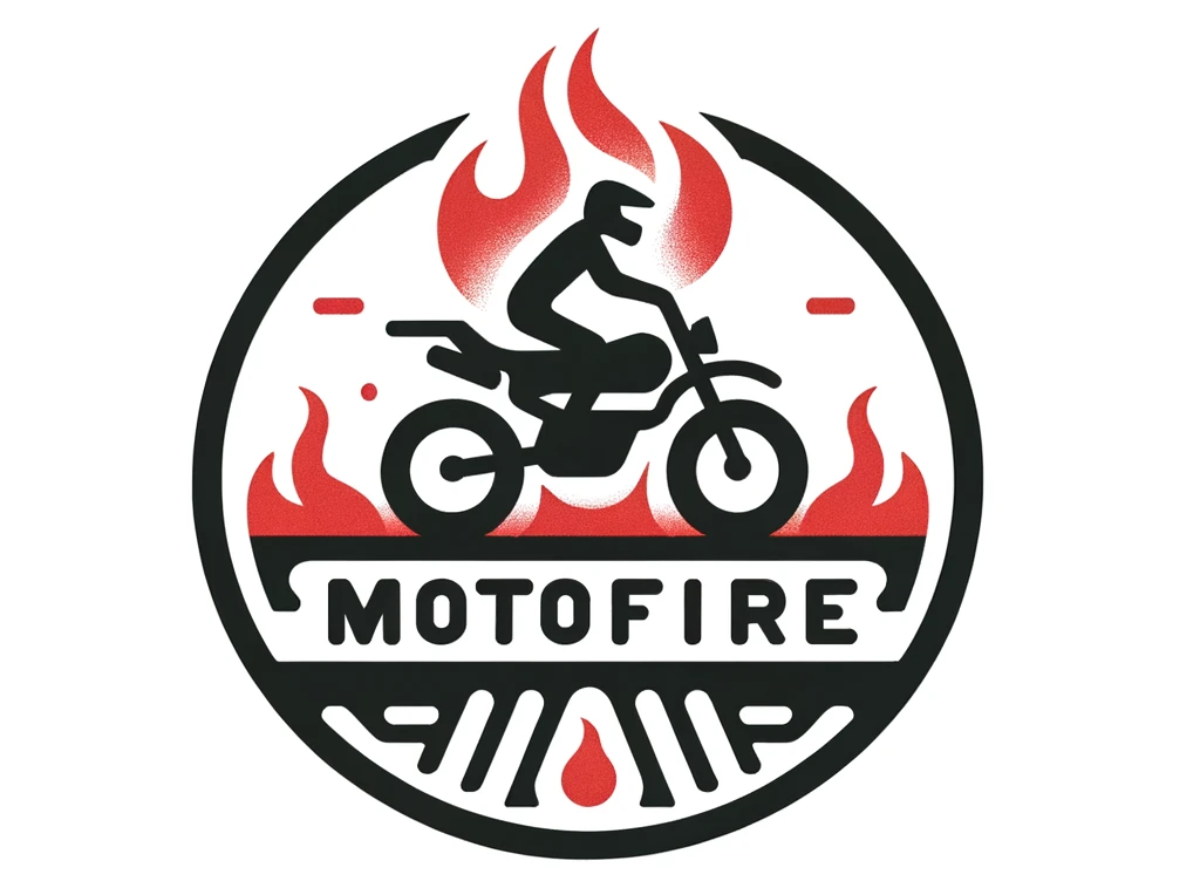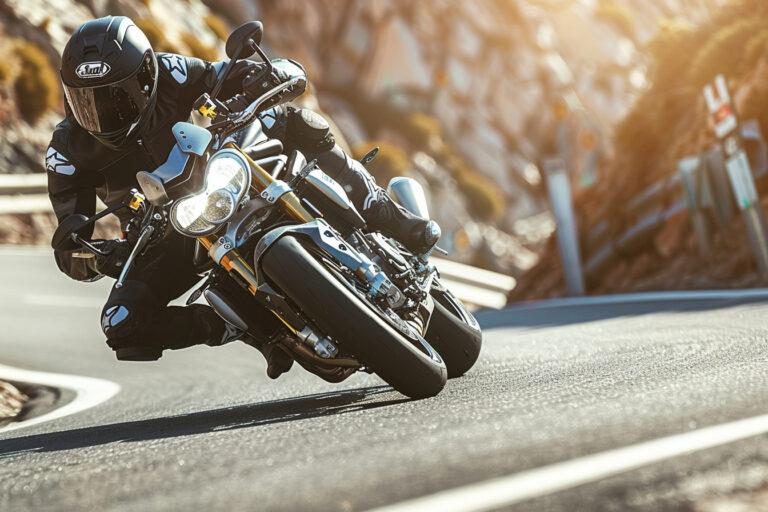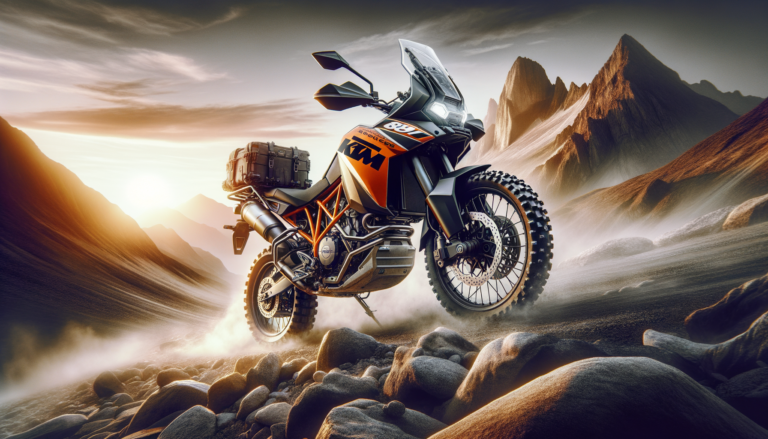How can I master the art of riding a motorcycle?

Starting with the Basics: Motorcycle Selection and Gear
Before mastering the art of riding, it’s essential to start with selecting the right motorcycle for your needs and ensuring you have the proper gear. The choice of a bike should be based on your size, experience level, and what you plan to use it for (commuting, touring, racing, etc.). For beginners, it’s often recommended to start with a less powerful bike that is easier to handle.
Equally important is investing in the right gear. Always wear a helmet, as it’s your most important protective gear. Also, consider getting a quality jacket, gloves, pants, and boots specifically designed for riding. This not only protects you from the elements but also significantly reduces the risk of injury in the event of a crash.
Acquiring Essential Riding Skills
Enrolling in a Motorcycle Training Course
One of the best ways to acquire essential riding skills is by taking a professional motorcycle training course. These courses teach the fundamentals of bike operation, safety, and traffic laws pertaining to motorcycles. Instructors also provide feedback on your riding technique, which is invaluable for new riders.
Mastering Basic Maneuvers
Basic maneuvers include starting, stopping, turning, and shifting gears. Practicing these in a safe area, like an empty parking lot, is crucial. It’s important to be comfortable with the weight and feel of your bike. Start with slow maneuvers and gradually work your way up to more complex exercises, like emergency stopping or swerving to avoid obstacles.
Understanding Motorcycle Maintenance
Keeping your motorcycle well-maintained is key to a safe and enjoyable riding experience. Basic maintenance skills include checking tire pressure and tread, ensuring that your lights and signals are working, and checking oil and fluid levels. Regularly scheduled maintenance is also vital; refer to your motorcycle’s owner’s manual for specific recommendations.
Advanced Riding Techniques
Once you have a solid grasp of the basics, consider learning advanced techniques that can enhance your riding experience and safety on the road.
Improving Your Cornering Skills
Cornering is an essential aspect of motorcycle riding. This requires understanding the concept of countersteering and mastering how to lean with the bike. Proper cornering technique also involves looking through the turn, maintaining a steady throttle, and using entry and exit points.
Developing Defensive Riding Strategies
Defensive riding is about being aware of your surroundings, anticipating potential hazards, and knowing how to react. This means being visible to other motorists, maintaining a safe following distance, and knowing when and how to apply evasive maneuvers. Constant situational awareness is key, as is the ability to remain calm under pressure.
Pursuing Continuous Learning and Practice
Motorcycle riding is a skill that continually develops over time and requires constant practice.
Joining a Riding Community
Joining a motorcycle club or group can offer camaraderie and the opportunity to learn from experienced riders. Additionally, many communities organize regular group rides, which can be an excellent way to gain experience and learn new skills in a more social setting.
Regularly Challenging Yourself
Push your limits gradually by tackling new types of riding, like off-roading, long-distance touring, or even racing if you’re so inclined. However, always prioritize safety and ride within your capabilities.
Conclusively, the art of riding a motorcycle involves a blend of technical knowledge, practical skills, and ongoing experience. It’s an ongoing journey that evolves as you spend more time on two wheels. Be patient, stay educated, and ride responsibly.







Impressive artical